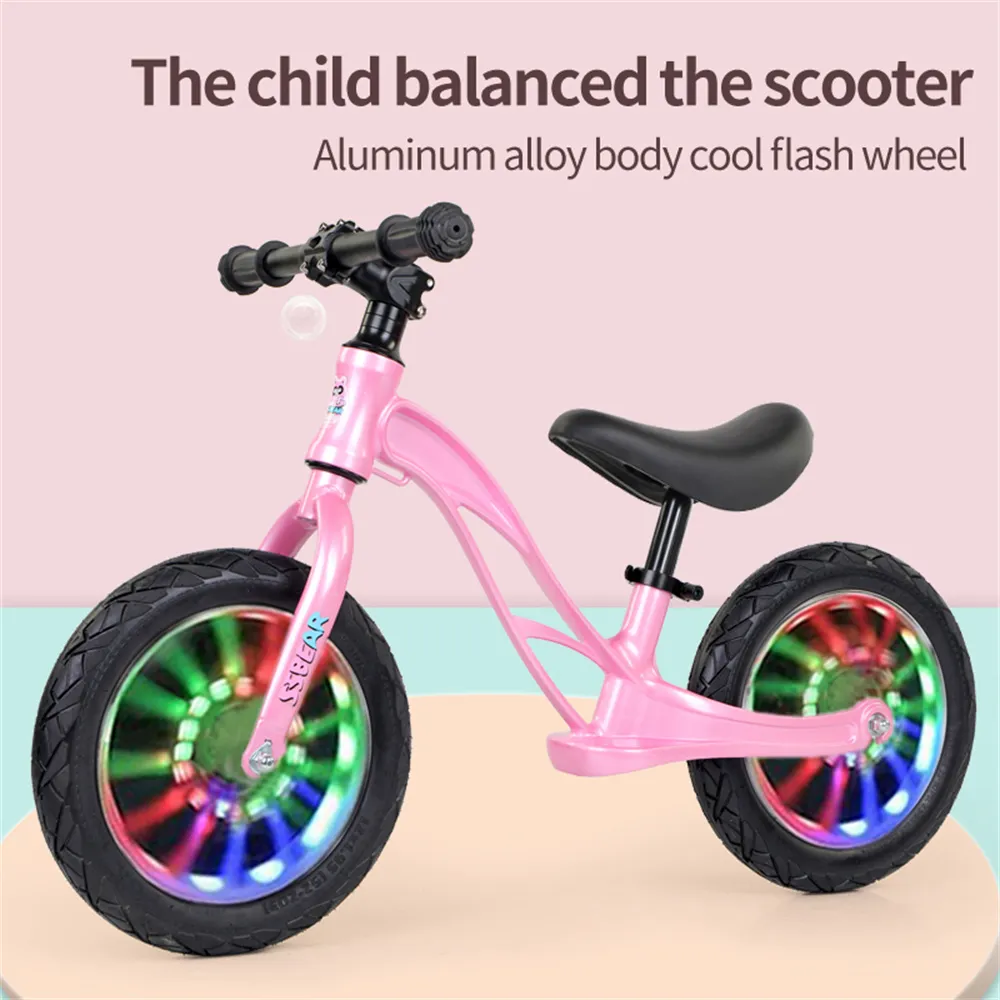mountain bike for kids
The Ultimate Guide to Choosing the Perfect Mountain Bike for Kids
When it comes to getting kids involved in outdoor activities, mountain biking is an excellent choice. It combines the thrill of adventure with the benefits of physical exercise and can help foster a lifelong love of nature and cycling. However, selecting the right mountain bike for your child is crucial to ensure a safe and enjoyable experience. In this guide, we will explore the key factors to consider when choosing a mountain bike for kids.
Size Matters
The first and foremost consideration when selecting a mountain bike for children is size. A properly sized bike will provide a comfortable riding experience, making it easier for your child to control the bike and build confidence. Mountain bikes come in various sizes, typically categorized by the wheel size, which is often measured in inches. Common sizes for kid's mountain bikes are 12, 16, 20, and 24 inches.
To determine the right size, you can let your child sit on the bike. When seated, they should be able to touch the ground with the tips of their toes. If they can comfortably put both feet flat on the ground, the bike might be too small. Conversely, if they can't reach the ground at all, it’s too big. Always prioritize safety and comfort when selecting the size.
Weight and Frame Material
Another essential factor to consider is the weight of the bike. A lighter bike is generally easier for kids to handle, especially when navigating trails or uphill sections. Look for bicycles made from materials such as aluminum or carbon fiber, which are both lightweight and sturdy. While steel frames are durable, they tend to be heavier, which might frustrate younger riders.
Suspension Type
Mountain bikes typically feature either hardtail or full-suspension designs. Hardtail bikes have a suspension in the front only, providing good control and efficiency for climbing, making them suitable for younger riders or those new to mountain biking. Full-suspension bikes, which have both front and rear suspension, provide increased comfort and shock absorption on rough terrain but are generally heavier and more expensive. For beginner riders, a hardtail might be the way to go, as it offers a balance between performance and ease of use.
mountain bike for kids

Brake Type
Brakes are another critical element to consider in a kid's mountain bike. Two common types are rim brakes and disc brakes. Rim brakes are typically lighter and easier to maintain but may not perform as well in wet conditions. Disc brakes provide more stopping power and control, especially on steep or slippery descents, making them a safer option for young riders. However, they can be heavier and require more maintenance. For kids venturing off the beaten path, disc brakes are often the better choice.
Gearing Options
Mountain bikes come with various gearing systems. A single-speed bike can be simple and easy to manage for younger children, while older kids who plan to tackle more challenging trails may benefit from multi-speed bikes, offering a range of gears for navigating different terrains. When choosing a gear system, consider the complexity and the child’s ability to manage shifting.
Safety Gear
No matter how carefully you choose the right bike, safety is paramount. Always invest in a good quality helmet that fits properly. Other protective gear such as gloves, knee pads, and elbow pads can also enhance safety while riding.
Conclusion
Selecting the right mountain bike for your child can open up a world of excitement and adventure. By considering factors such as size, weight, suspension type, brake systems, and gearing, you can ensure that your child has a bike that not only fits them well but also enhances their riding experience. Encourage your child to explore the beautiful outdoors on their new mountain bike, and watch as their skills and confidence grow with every ride!
-
The Perfect Baby TricycleNewsAug.11,2025
-
Ride into Fun with Bikes for KidsNewsAug.11,2025
-
Ride into Adventure with the Perfect Kids Balance BikeNewsAug.11,2025
-
Fun and Safe Riding with the Best Childrens ScootersNewsAug.11,2025
-
Find the Perfect Childrens Bike for Your Little OneNewsAug.11,2025
-
Explore the Best Baby Tricycles for Your Little OneNewsAug.11,2025
-
Three-Wheel Light-Up Scooter Benefits for KidsNewsJul.11,2025








